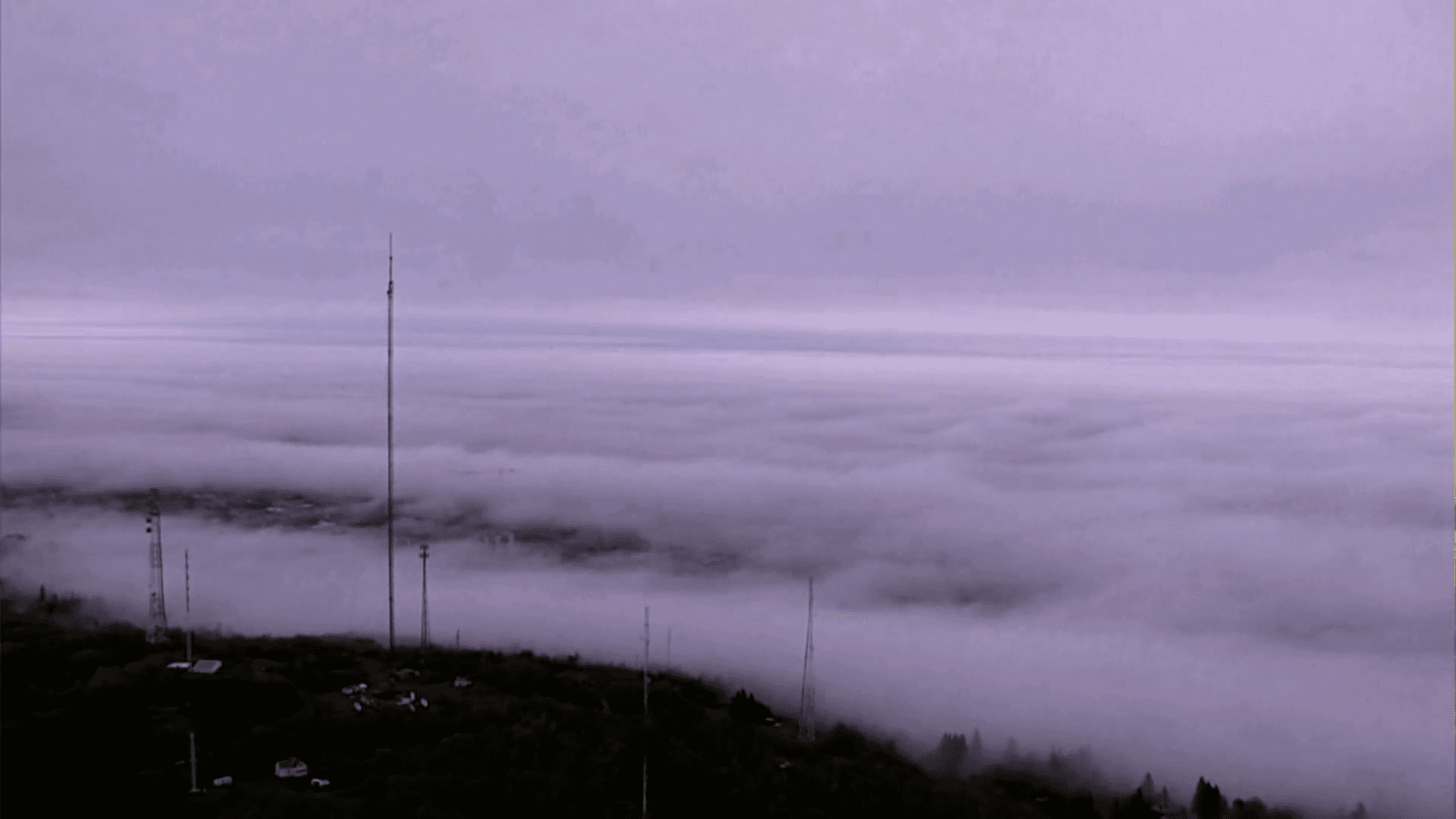Weatherz School: Causes of fog
[anvplayer video=”5146862″ station=”998130″]
Fog can have serious consequences. According to the Department of Transportations, over 38,700 crashes happen in the U.S. each year because of poor visibility. Potentially dangerous fog can result in a number of ways.
Before we get into fog, I want to talk about temperatures and a process called radiational cooling. Solar radiation heats the ground during the day. At night, the heat escapes back up towards space.
Meteorologists like to refer to overnight cloud cover as a ‘blanket’ because the clouds re-emit some of the heat back to the surface. On a clear night, the radiation escapes into space, allowing temperatures to fall to the dew points. This is why cloud cover is so important when forecasting the low temperature.
This same process is how we get radiation fog. On a clear night with calm winds, the temperature falls to the dew point and we get saturation at the surface. With such simple ingredients, radiation fog happens all the time. It’s most likely to form when you add a little moisture to the equation from recent rain.
Another common fog type is advection fog. This happens when cold land temperatures interact with warm and moist air moving into the region. As warm, moist air moves over the cold ground, it’s cooled to saturation. This typically occurs with a warm front passage in the winter.

Fog over Lake Superior
Being next to Lake Superior, we can get advection fog any season. This same process is responsible for the dense fog that can set up along the shorelines. The big lake supplies the cool temperatures that frequently collides with warmer air moving over it.
Fog is a nuisance that can be a serious danger. When driving through poor visibility, the safest approach is to allow time to drive slowly, keep plenty of distance between vehicles, and have your headlights on, but never use the brights.